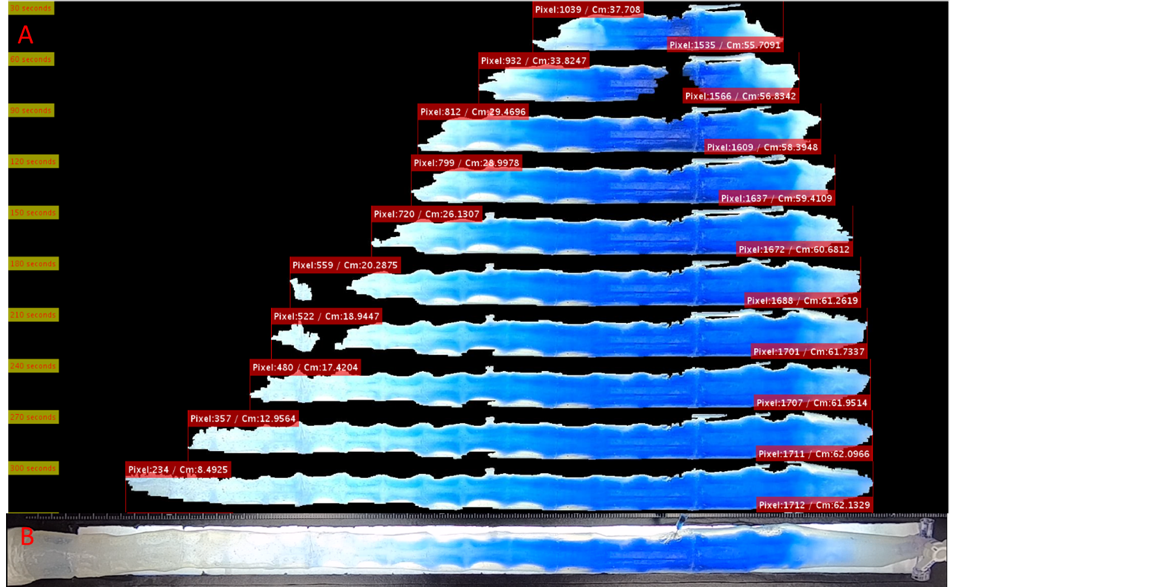(460e) Rational Design and Mathematical Modeling of Intrathecal Therapeutics: Biodispersion and Pharmacokinetics
AIChE Annual Meeting
2020
2020 Virtual AIChE Annual Meeting
Pharmaceutical Discovery, Development and Manufacturing Forum
Applied Formulation Design in Drug Product Including Drug Delivery
Friday, November 20, 2020 - 9:00am to 9:15am
Intrathecal (IT) drug delivery can efficiently target regions in the central nervous system without hindrance of the blood brain barrier. This delivery mode is especially promising for novel therapeutics such as enzyme replacement, gene or antisense oligonucleotide (ASO) therapies for the treatment of neurodegenerative diseases including Alzheimer’s, Huntington’s disease, and stroke.
However, the development of dosing guidelines for IT delivery requires intricate knowledge of the interplay between cerebrospinal fluid (CSF) dynamics, patient anatomy and pharmacokinetics of drug molecules. Fluid mechanical and chemical principles governing IT delivery are difficult to observe in vivo, and experimentation in small animals (mice, rats) does not translate to human applications. In order to fill the knowledge gap concerning IT biodispersion, we propose to use an anatomically accurate replica of the entire human central nervous system. This model faithfully matches spinal and cranial CSF spaces, and also operates with oscillatory CSF motion similar to physiological CSF flow conditions obtained with in vivo cine phase contrast MRI. The in vitro human CNS replica served to study CSF motions and mixing patterns that occur in acute and continuous infusion via a drug pump. The relationships between infusion volumes, injection impulse, catheter choices, and pump settings were systematically studied. Moreover, experimental data informed a novel distributed pharmacokinetic model to predict drug biodispersion for different infusion modes, drug properties, and subject specific physiology. A 1-D mathematical model was developed to replicate both the deformation and dispersion processes as experienced in the experiment, by solving continuity equation (for deformation) and transport equation (for dispersion). This mathematical model gives us a scalable method to predict the biodispersion of drug in the human spine with computer simulation.
The presentation demonstrates a workflow to determine optimal infusion guidelines for novel drug leads based on anatomically accurate experimentation, optimal integration of animal data, and computer simulations using the developed mathematical model. The proposed experimental method avoids unnecessary animal experimentation, cuts costs and time effort needed to develop dosing guidelines for new drug leads, which potentially shortens time to market for new therapies. The proposed mathematical model enables a predictive method to quantify the effect of deformation and diffusion on the distribution of drugs.

However, the development of dosing guidelines for IT delivery requires intricate knowledge of the interplay between cerebrospinal fluid (CSF) dynamics, patient anatomy and pharmacokinetics of drug molecules. Fluid mechanical and chemical principles governing IT delivery are difficult to observe in vivo, and experimentation in small animals (mice, rats) does not translate to human applications. In order to fill the knowledge gap concerning IT biodispersion, we propose to use an anatomically accurate replica of the entire human central nervous system. This model faithfully matches spinal and cranial CSF spaces, and also operates with oscillatory CSF motion similar to physiological CSF flow conditions obtained with in vivo cine phase contrast MRI. The in vitro human CNS replica served to study CSF motions and mixing patterns that occur in acute and continuous infusion via a drug pump. The relationships between infusion volumes, injection impulse, catheter choices, and pump settings were systematically studied. Moreover, experimental data informed a novel distributed pharmacokinetic model to predict drug biodispersion for different infusion modes, drug properties, and subject specific physiology. A 1-D mathematical model was developed to replicate both the deformation and dispersion processes as experienced in the experiment, by solving continuity equation (for deformation) and transport equation (for dispersion). This mathematical model gives us a scalable method to predict the biodispersion of drug in the human spine with computer simulation.
The presentation demonstrates a workflow to determine optimal infusion guidelines for novel drug leads based on anatomically accurate experimentation, optimal integration of animal data, and computer simulations using the developed mathematical model. The proposed experimental method avoids unnecessary animal experimentation, cuts costs and time effort needed to develop dosing guidelines for new drug leads, which potentially shortens time to market for new therapies. The proposed mathematical model enables a predictive method to quantify the effect of deformation and diffusion on the distribution of drugs.

